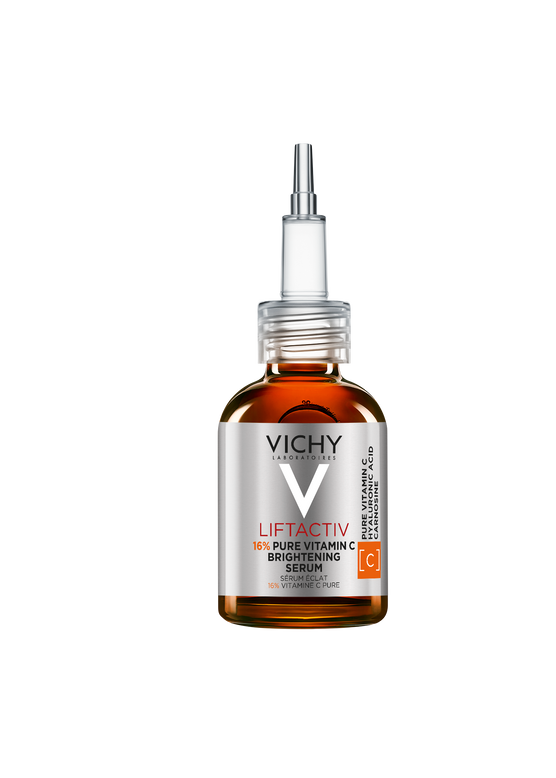
LIFTACTIV 16% PURE VITAMIN C BRIGHTENING SERUM
FIGHT 1ST AGEING SIGNS DUE TO DAILY LIFESTYLE STRESSORS
FIGHT 1ST AGEING SIGNS DUE TO DAILY LIFESTYLE STRESSORS
Correct dark spots & even skin tone
Skin strengthening hydration
Helps maintains the microbiome & eliminates dandruff.
Reduces hair loss due to breakage.
Increase the number of your hair
72Hrs odor & humidity protection even for extreme perspiration. Optimal tolerance even for sensitive skin.
48Hrs odor & humidity protection even for intense perspiration. Optimal tolerance even for sensitive skin.
If your skin suffers from redness or unevenness, you’ll need a foundation that offers full coverage while giving a natural finish. Our tips for a flawless complexion.
No more period equals menopause? It depends, it’s a matter of months before it is confirmed so, let’s count first.
No matter your age, menopause or not, the way you eat is always going to impact skin and overall health. With too much of this and not enough of that, the nutrients that are essential to your well-being are completely unbalanced.
Thought you left bad skin behind in your teenage years? Think again. For many women, their menstrual cycle is linked to acne breakouts. Here’s what you need to know to fix it fast.
You’re probably aware of the impact UV damage can have on the skin - but are you familiar with the effects of photopollution? Read on to find out more.
If you’re looking to disguise symptoms of acne, such as blemishes, redness and scarring, look no further! Take a look at our expert tips for achieving an even complexion.
When exposure to sun, pollution and other factors has damaged skin to the point of an uneven skin tone, using Vitamin C-based skincare can correct and remove those dark spots.
Maybe your body wants to keep its strength and resources to get through this challanging time. Maybe there is another reason. The truth is, it’s not important to understand why; it’s more important to focus on maintaining a healthy body mass.